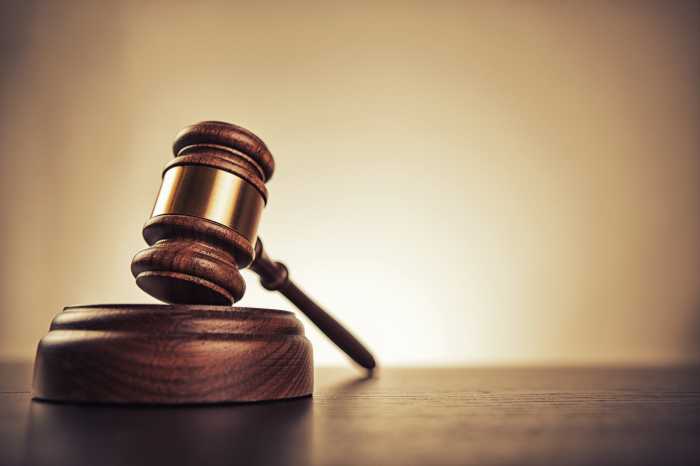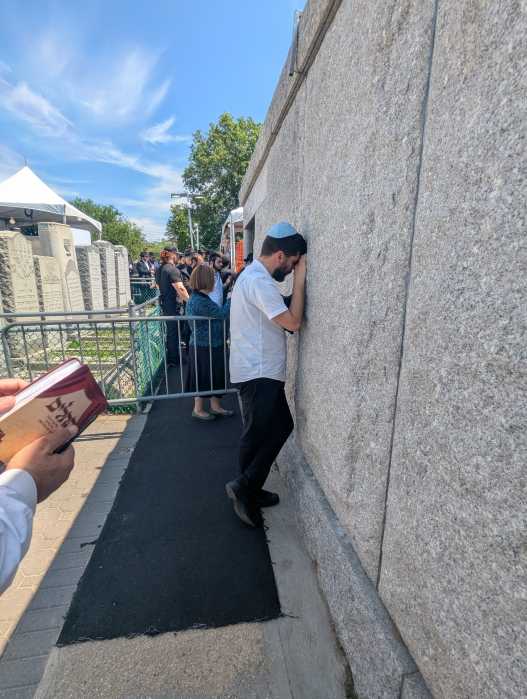(StatePoint) Not all broken bones are just an “accident.” If slips, trips or falls lead to a bone fracture, it could be a symptom of something much more serious: osteoporosis, a disease that weakens bones. If left untreated, over time, the situation could get worse, potentially leading to more fractures, chronic pain, or even disability or early death.
Meet Jeanie Joas, an active woman in her 50s, who walks five miles at a time with weights, does yoga, spinning and hikes recreationally, while supplementing these activities with a healthy, calcium-rich diet. What she thought were two unrelated accidents three years ago — breaking her wrist while hiking and later fracturing a bone in her foot skiing — turned out to be osteoporosis. Given her age, these fractures should have been a red flag for her doctors, but there was no recognition of the greater issue.
Then two years ago, Joas had a regularly-scheduled bone density test that indicated rapid, significant bone loss. If her osteoporosis had been detected earlier, treatment could have started sooner and her second fracture may have been prevented.
Sound familiar? Unfortunately, Joas is not unique. Worldwide, one in two women and one in five men over age 50 will suffer a fragility fracture, and in the United States, two million broken bones occur annually (5,500 every day) due to osteoporosis — as people with osteoporosis may experience a fracture even from slight bumps or a fall from standing height in the course of daily activities.
Here are steps you can take to become your own advocate when it comes to long-term bone health:
• Osteoporosis is often referred to as a “silent disease” because it has no signs or symptoms until a fracture occurs. Break the silence. Talk to your doctor about bone mineral density testing and fracture risk assessment. To determine if you have any personal risk factors (in addition to getting screened by your doctor) take the risk test at www.iofbonehealth.org.
• In conjunction with the World Osteoporosis Day campaign, a recent report by the International Osteoporosis Foundation (IOF), ‘Capture the Fracture – A Global Campaign to Break the Fragility Fracture Cycle’, reveals approximately 80 percent of patients treated in clinics or hospitals following a fracture are not screened for osteoporosis or risk of future falls. People with a previous osteoporotic fracture are twice as likely to suffer a second. If you’re over 50 and experience a fracture, especially at the wrist, upper arm, pelvis, hip or spine, don’t leave the clinic or hospital without a screening.
• IOF’s report and subsequent global World Osteoporosis Day campaign, with participation from more than 90 countries, is intended to educate physicians and patients about the importance of testing and treatment to prevent future fractures, thereby reducing healthcare costs in the process. Get informed by reading the report at www.worldosteoporosisday.org.
• Slips and falls are a common cause of fractures. Have your eyes checked regularly, ensure your floors are clutter-free and avoid outdoor excursions when the weather outside is frightful.
By investing in bone health, you can prevent painful fractures and bigger problems down the line.

























